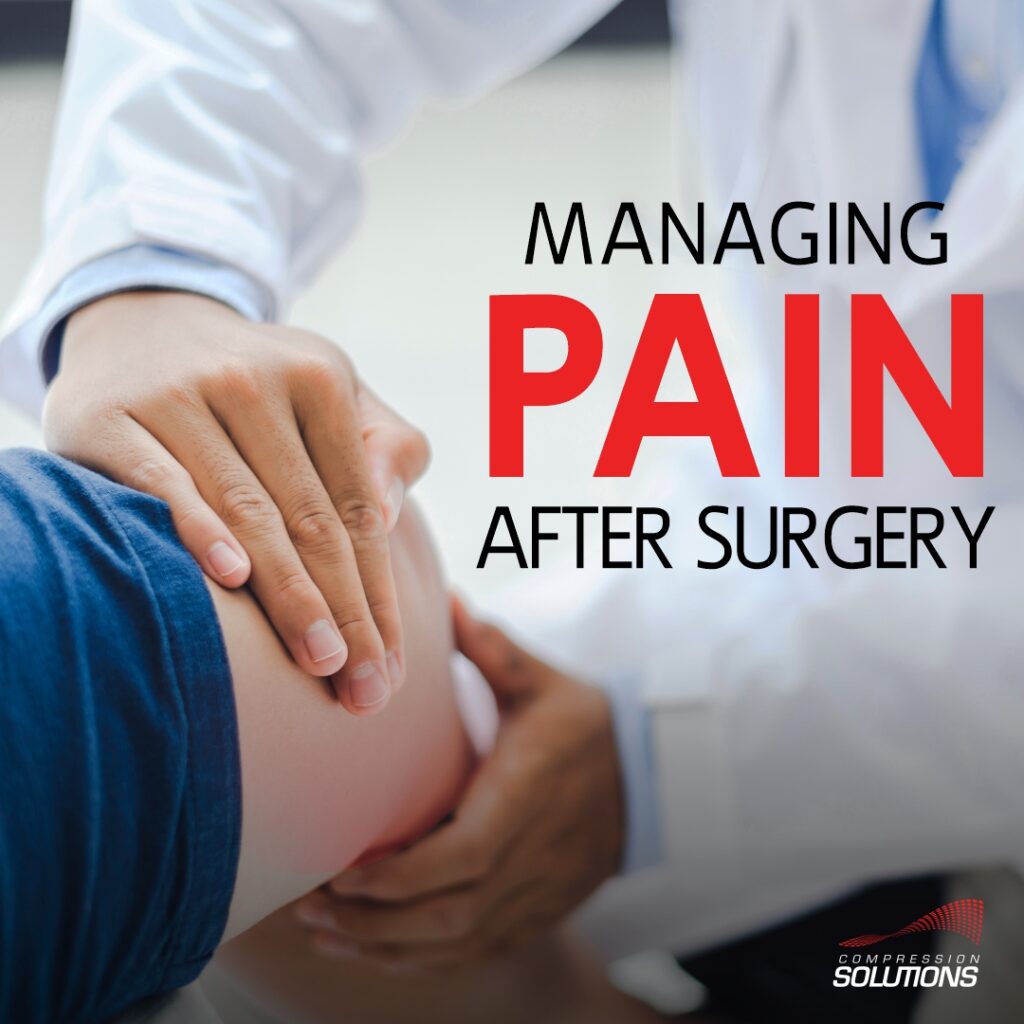Pain after surgery is a normal but unpleasant part of recovery. The first two to five days following a procedure are often the most intense and uncomfortable.
Without proper pain management, you may be unable to sit, walk, or perform physiotherapy, which may slow your recovery. You may also be at a higher risk for blood clots and pneumonia. Pain pumps are one way to manage your pain as you recover, and come without many of the side effects of other pain management options.

Why a pain pump after surgery?
Pain pumps, also known as patient-controlled analgesia (PCA), help manage severe pain after surgery. PCA pumps deliver pain medication through an intravenous tube.
Depending on your level of pain, your surgeon may recommend a mix of pain management options like pain pills, devices like pain pumps, and physiotherapy exercises. If you are eligible for a pain pump, the device will be set up during surgery so that your pain is already under control when you wake up.
Here’s a look at the main benefits of PCA pain pumps:
Faster pain relief
After surgery, your provider may advise you on controlling pain using different types of pain management. You may need over-the-counter oral pills like acetaminophen (Tylenol) and NSAIDs like ibuprofen. But oral pain meds have to pass through the digestive system. Navigating this path can dilute their strength and delay their pain-fighting effects.
On the other hand, PCA pumps deliver pain medication directly to the site of surgery or injury. This type of device can offer faster relief from pain.
More control over your pain
The biggest benefit of a PCA pump is that it has a button to control the flow of medication. This way, users can manage when and how much pain medication they receive. This feature is very effective when pain persists even after oral medication, which is referred to as “breakthrough pain”. It can also help you deal with sudden and intense spikes of pain.
REDUCE OR ELIMINATE OPIOID DEPENDENCE FROM PAIN MEDS AFTER SURGERY
A pain pump can be used to deliver different types of pain medication. In the past, opioids like morphine and fentanyl were commonly prescribed for pain relief after surgery. Unfortunately, misuse and over-prescription of these habit-forming drugs led to the ongoing opioid crisis in the United States.
The good news is that times are changing. Nowadays, doctors prefer an opioid-sparing approach to reduce addiction rates and the risk of diversion. (“Diversion” is the use of a drug in any other way than prescribed.) And laws like the “No Pain Act” are opening up alternatives to patients and healthcare providers to prevent addiction before it begins.
With PCA pain pumps, your healthcare provider can program the device to deliver just the right amount of medicine when you need it. It is easier to operate and can reduce the risk of errors.
PAIN RELIEF WHEN UNABLE TO TAKE ORAL MEDS
Some people may not be able to take their pain meds orally. This could be due to an inability to swallow due to prior surgery, infection, medical condition, or extreme weakness. In these instances, a pain pump can help offer pain relief at home.
Not everyone is eligible for a pain pump. Your surgeon will decide based on your health, surgery results, and other factors. To learn more, discuss your pain management options with your surgeon before or after surgery.
Convenient for at-home recovery
Ambulatory surgery centers (ASCs) and some medical centers make it easy to get routine surgical procedures done and return home the same day.
Surgeries that allow you to get discharged the same day have their benefits:
- No need for hospital admission (unless there are complications)
- Much lower overall costs compared to surgery with a hospital stay
- Lower risk of picking up an infection from a hospital.
But a same-day discharge means you or your caregiver may have to manage your pain at home. You may benefit from a pain pump that offers quick pain relief and is easy to use when needed. Many pain pumps are compact and portable, which makes it easier for you as you return to your daily routine.
Types of pain pumps
There are two main types of PCA pain pumps for use after surgery: electronic and elastomeric pain pumps. The main difference between them is the way they deliver medication.
Electronic pain pumps like the ambIT* Electronic Pain Control System use battery-powered motors to control the flow rate of medication through a catheter. Electronic pumps can be programmed to deliver medication at specific rates and times, and can be refilled as needed, making them suitable for long-term pain management.
Elastomeric pain pumps such as the ON-Q* Relief System uses a flexible balloon-like reservoir filled with medication. They rely on the pressure generated by the compressed reservoir to deliver medication at a constant rate over a set period of time, usually 1-3 days. Once the medication is depleted, the elastomeric pump is discarded and replaced with a new one.
How to find the right pain pump for you?
PCA pumps are available through prescription. Your surgeon will review your case and may recommend a pump as part of your personalized treatment plan.
The good news is that there are many ways to help you manage severe and moderate pain after surgery. Your provider can program pain pumps like the ambIT electronic pain pump in advance.
The ambIT* Electronic Pain Control System may provide:
- More comfortable recovery after surgery
- Better pain relief without the side effects of narcotics
- Quicker return to normal
- An earlier release from the hospital
This way, you don’t have to worry about remembering to take your meds in time or getting the wrong dose by mistake. The ambIT pump has been proven to reduce opioid use and shorten hospital stays. These devices can be personalized, so you get relief from pain when you need it.
It’s best to talk to your healthcare provider to learn more about the best pain management options for you. They’ll work with you to find the safest and most suitable surgery recovery plan for you.
Get ambIT for Your Facility
Equip your hospital or surgery center with ambIT pain pump devices, including convenient medical billing and customer support when you order through Compression Solutions.
